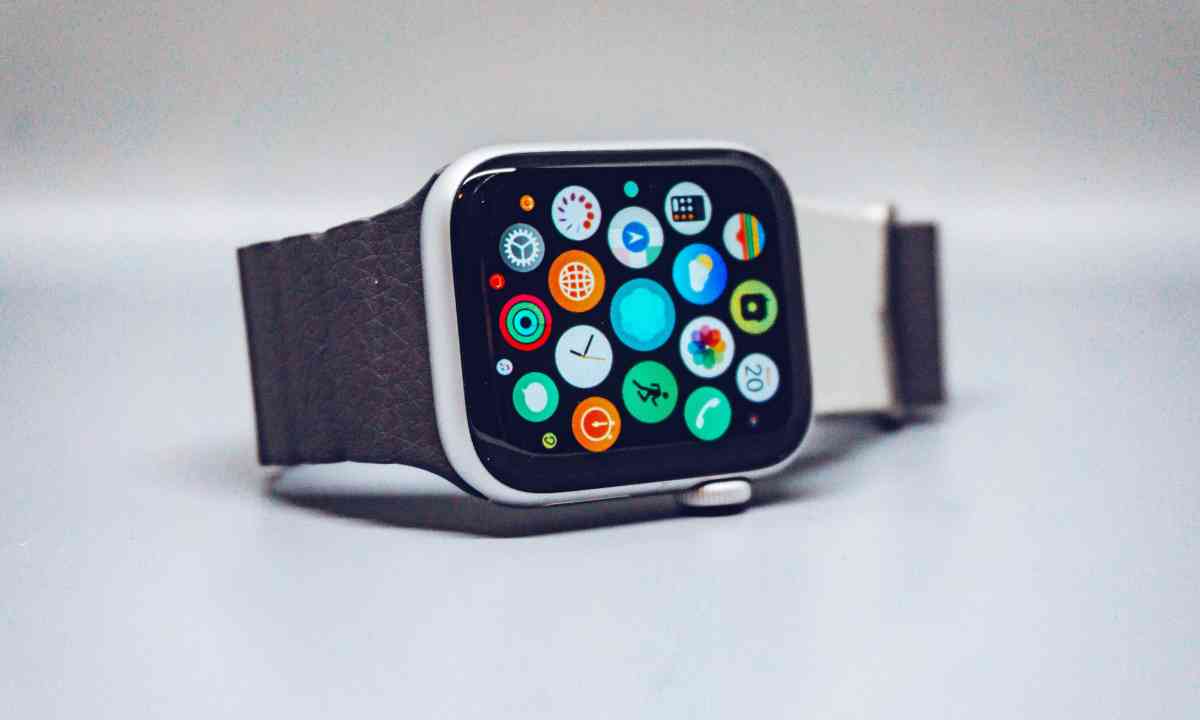Wearable technology has gained popularity in recent years, with smartwatches being the most widely used wearable devices. These watches offer more than just style and convenience; they also come with features that can save lives in emergency situations. One of these life-saving features is crash detection, which utilizes sensors in the watch to detect sudden movements that may indicate an accident or fall.
Once detected, the watch prompts the user to confirm their well-being, and if there is no response, it automatically sends an alert to emergency contacts with the user's location. Fall detection is another critical feature particularly useful for older adults or people with medical conditions that make them susceptible to falls. The watch utilizes sensors to detect a sudden impact, and if the user fails to respond to the prompt, it calls for help and shares the user's location.
_1680769035.png)
Heart rate alerts are also an essential feature of smartwatches. They monitor the user's heart rate and can detect changes or abnormalities that may require medical attention. Users can set heart rate thresholds, and if their heart rate exceeds or falls below the specified range, the watch sends an alert.
Some smartwatches also feature an electrocardiogram (ECG) that measures the heart's electrical activity and can detect irregularities like atrial fibrillation, which increases the risk of stroke. Users can take an ECG reading anytime and share it with their doctor for evaluation.
Blood oxygen level monitoring is also critical in some smartwatches, particularly for people with respiratory conditions like asthma or COPD. It measures the oxygen saturation in the blood and detects if levels fall below normal, indicating a possible breathing problem.
_1680768928.png)
Backtrack is a feature that helps users retrace their steps if they get lost or disoriented. It uses GPS to track the user's location and offers turn-by-turn directions to guide them back. Medication reminders are also helpful for people who need to take medication at specific times. The watch reminds users when it's time to take their medication and tracks when it has been taken.
In emergencies, users can activate the SOS feature by pressing and holding a button on the watch to send an SOS signal to emergency contacts, along with their location. Lastly, with the ongoing COVID-19 pandemic, handwashing reminders have become increasingly important. Some smartwatches have a feature that reminds users to wash their hands regularly and can even time how long they wash their hands to ensure they do so for the recommended duration.
Smartwatches are more than just fashion accessories or convenient gadgets for checking messages and notifications. With features like crash detection, fall detection, heart rate alerts, ECG, blood oxygen monitoring, backtracking, medication reminders, SOS, and handwashing reminders, they have the potential to save lives and provide peace of mind to users. Wearable technology is revolutionizing the healthcare industry, and we can expect more life-saving features to be added to smartwatches in the future.
©️ Vygr Media Private Limited 2022. All Rights Reserved.























